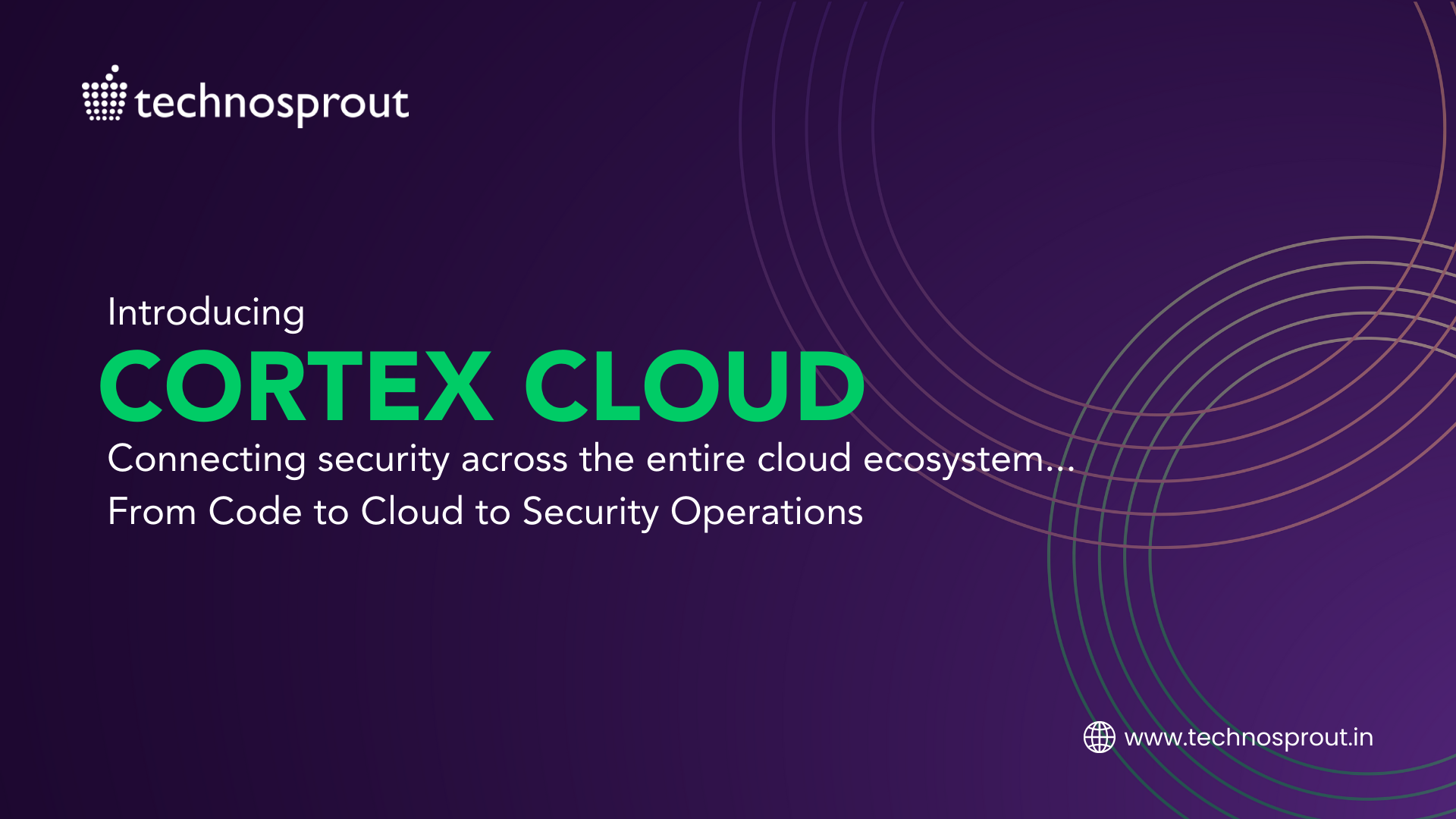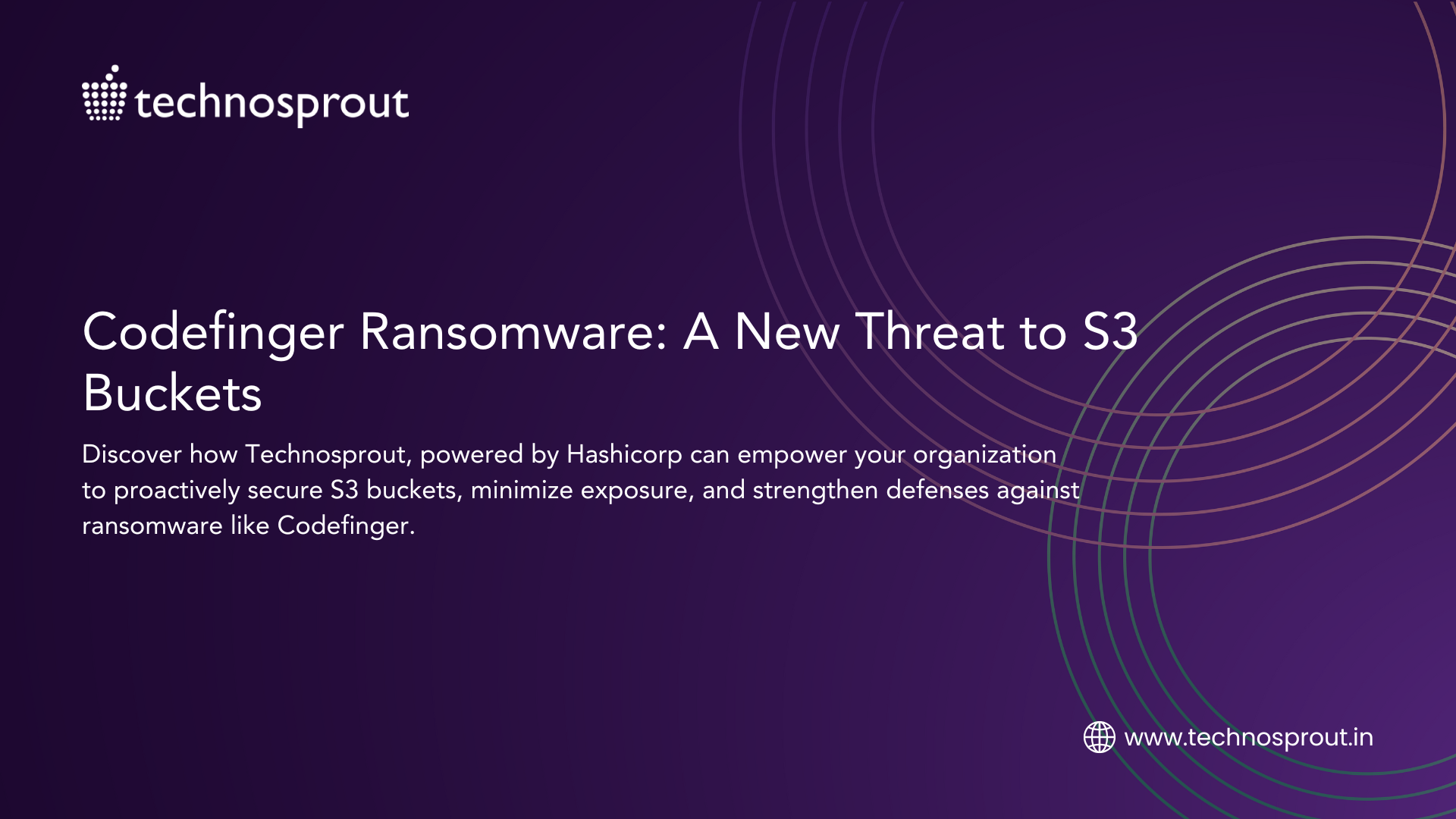In a corporate environment, employees are often asked to define their Key Performance Indicators (KPIs) to measure their efficiency and performance. Similarly, with the rapidly evolving threat landscape, the surge in the number of identities, and the emergence of new attack surfaces and methods, defining cybersecurity KPIs has become increasingly crucial.
Why is this so important? Because failing to measure cybersecurity initiatives can lead to significant gaps in security and protection. Inadequate oversight can expose organizations to potential risks, making them vulnerable to cyber threats.
It’s essential for the Chief Information Security Officer (CISO) to establish the right cybersecurity KPIs that align with the organization’s risk posture. These KPIs not only help assess and improve the effectiveness of security measures but also ensure that the board is well-informed and aligned with the overall security strategy.
Establishing Cybersecurity KPIs for Effective Identity Security
Organizations typically define and focus on core work areas such as product innovation or digital transformation. When it comes to cybersecurity, many organizations establish one or more cybersecurity-specific initiatives, setting clear Objectives and Key Results (OKRs) to streamline and implement these initiatives effectively.
Consider an organization that delivers customer-facing services in the cloud. Its cybersecurity KPI measurement framework might be structured as follows:
Objective: The primary objective is “securing cloud workloads” to protect customer data and ensure business continuity by preventing customer-facing compromises.
Key Results: To achieve this objective, the organization tracks four key milestones:
- Mitigate the risk of a full cloud environment takeover.
- Reduce the risk posed by privileged cloud users.
- Secure all local operating system layer access.
- Protect mission-critical applications.
Cybersecurity KPIs: A set of KPIs is aligned with each milestone. For example, to mitigate the risk of a full cloud takeover (milestone 1), five specific metrics are tracked:
- Number of cloud admins secured by Single Sign-On (SSO) and Multi-Factor Authentication (MFA).
- Number of cloud admins—and admin API access keys—secured by Privileged Access Management (PAM) controls.
- Percentage of compliant accounts and keys.
- Percentage of shadow admins removed.
- Percentage of excessive permission exposure reduced.
Since each organization’s cybersecurity objectives are unique, there is no universal “one-size-fits-all” list of KPIs. However, resources such as the Cybersecurity and Infrastructure Security Agency’s (CISA) Cybersecurity Performance Goals (CPGs)and the National Institute of Standards and Technology’s (NIST) Cybersecurity Framework (CSF) can provide valuable guidance for defining relevant metrics.

Why Cybersecurity KPIs Are Critical to Your Organization’s Safety
Tracking and communicating cybersecurity KPIs across various teams and departments can be complex. To streamline this process and ensure meaningful reporting, organizations should consider key factors as they refine their cybersecurity metrics and reporting strategy. Here’s how to optimize your approach:
Embrace Flexibility in Your Cybersecurity KPIs
Cybersecurity KPIs are not static; they should evolve alongside your business goals, technologies, and security practices. As your organization matures, it’s crucial to review and adjust these KPIs regularly. Gather input from key stakeholders—across IT, security, R&D, and other teams—before implementing any changes. This ensures you’re measuring what’s most relevant to your business and keeps everyone aligned on security priorities. Host quarterly meetings to review progress and recalibrate KPIs as necessary, maintaining communication between all departments involved.
Key Cybersecurity KPIs to Measure Cloud Security and Risk Mitigation
Different cybersecurity KPIs require different assessment frequencies. For example, a team monitoring critical vulnerabilities may need to meet every two weeks to prioritize patching, while broader risk management reviews might happen monthly. Tailoring the cadence to the specific metric allows for a more focused and relevant approach to decision-making. Whether your KPI is tied to vulnerabilities, patching efficiency, or incident response times, make sure the frequency of assessments reflects the nature of the threat and the urgency of action required.
Measuring Cultural Change with Cybersecurity KPIs
Measuring your organization’s cybersecurity posture is not just about tools and technology; it also involves assessing your team’s awareness and behavior. Cybersecurity KPIs offer insights into how well employees understand and adhere to security practices. A valuable metric for this is the Phish-Prone Percentage (PPP), which tracks how vulnerable employees are to phishing attempts. Running regular simulated phishing exercises reveals the percentage of staff likely to click on malicious links or attachments. With these results, you can fine-tune your security training programs to reduce risk and reinforce good cybersecurity habits.
Behavioral analytics can also play a key role here. Monitoring how users interact with systems—whether they follow best practices or display risky behavior—provides critical insights that help guide both training and policy enforcement.
Less is More: Narrow Your Focus on Cybersecurity KPIs
While many organizations maintain a wide range of KPIs, some find success in concentrating on one major metric that drives improvement across the board. For instance, focusing exclusively on reducing Mean Time to Remediation (MTTR) after an incident can align various teams around a single, crucial objective. Though this approach may not work for every business, it highlights the benefits of zeroing in on key outcomes that have the most significant impact on security.
Communicating Cybersecurity KPIs Visually for Better Engagement
With cybersecurity now a top priority for boards of directors, there’s greater pressure than ever for CISOs to clearly articulate their organization’s security posture. Visual tools like heat maps can be invaluable here, distilling a multitude of cybersecurity KPIs into a simple, easy-to-understand format. Heat maps can show risk levels across different areas, track risk reduction over time, and highlight what actions are still needed. By presenting KPIs in a visual format, CISOs can communicate complex information quickly and effectively, allowing board members to grasp both the overall picture and specific areas of concern without diving into granular details.
Never Forget the Human Factor in Cybersecurity KPIs
Even the most sophisticated data dashboards and reporting frameworks have their limits. Cybersecurity, at its core, is about human judgment, creativity, and teamwork. While data is critical, it’s the people who interpret and act on that data who make the difference. Building a strong cybersecurity strategy requires collaboration, innovation, and the ability to think critically in the face of evolving threats. Recognize and celebrate your team’s contributions often, as it is their insight and adaptability that drive lasting security improvements.
Steve Jobs famously believed in simplicity and focus, saying, “Deciding what not to do is as important as deciding what to do.” In today’s cybersecurity landscape, that principle applies perfectly—choosing the right cybersecurity KPIs to track and ignoring the noise helps drive meaningful results and stay ahead of evolving threats.
How Technosprout Helps You Manage Cybersecurity KPIs
In a corporate environment, employees are often asked to define their Key Performance Indicators (KPIs) to measure their efficiency and performance. Similarly, with the rapidly evolving threat landscape, the surge in the number of identities, and the emergence of new attack surfaces and methods, defining cybersecurity KPIs has become increasingly crucial.
Why is this so important? Because failing to measure cybersecurity initiatives can lead to significant gaps in security and protection. Inadequate oversight can expose organizations to potential risks, making them vulnerable to cyber threats.
It’s essential for the Chief Information Security Officer (CISO) to establish the right cybersecurity metrics that align with the organization’s risk posture. These KPIs not only help assess and improve the effectiveness of security measures but also ensure that the board is well-informed and aligned with the overall security strategy.Embrace this holistic approach with Technosprout to identity security to ensure your organization can perform confidently. By strengthening your own company’s safety net, you protect not only your data but also the trust and confidence of your customers. Implement these strategies to stay agile and secure in a world where the stakes are as high as the rewards.
Amidst a myriad of MSSP options in the market, why opt for Technosprout? How can we help? What sets us apart?
Achieving cyber confidence begins with a solid strategy and governance. Technosprout leverages an “Assess, Design, Implement and Manage” four-pronged approach that leads organizations methodically through business transformation throughout the lifecycle.
Our managed security services provide customized, comprehensive solutions, addressing specific business needs strategically along with the best certified experts and an experience of 7+ years in the market.
Don’t let your organization be the next target. Empower your organization and secure your Identities. We help implement and manage your Identity Security Game with CyberArk for complete risk mitigation. Strengthen your Identity with CyberArk Identity Access Management solutions and Technosprout Managed Services.






49 Responses
419582 980755I extremely happy to discover this web site on bing, just what I was searching for : D too bookmarked . 36548
Latest cryptocurrency news